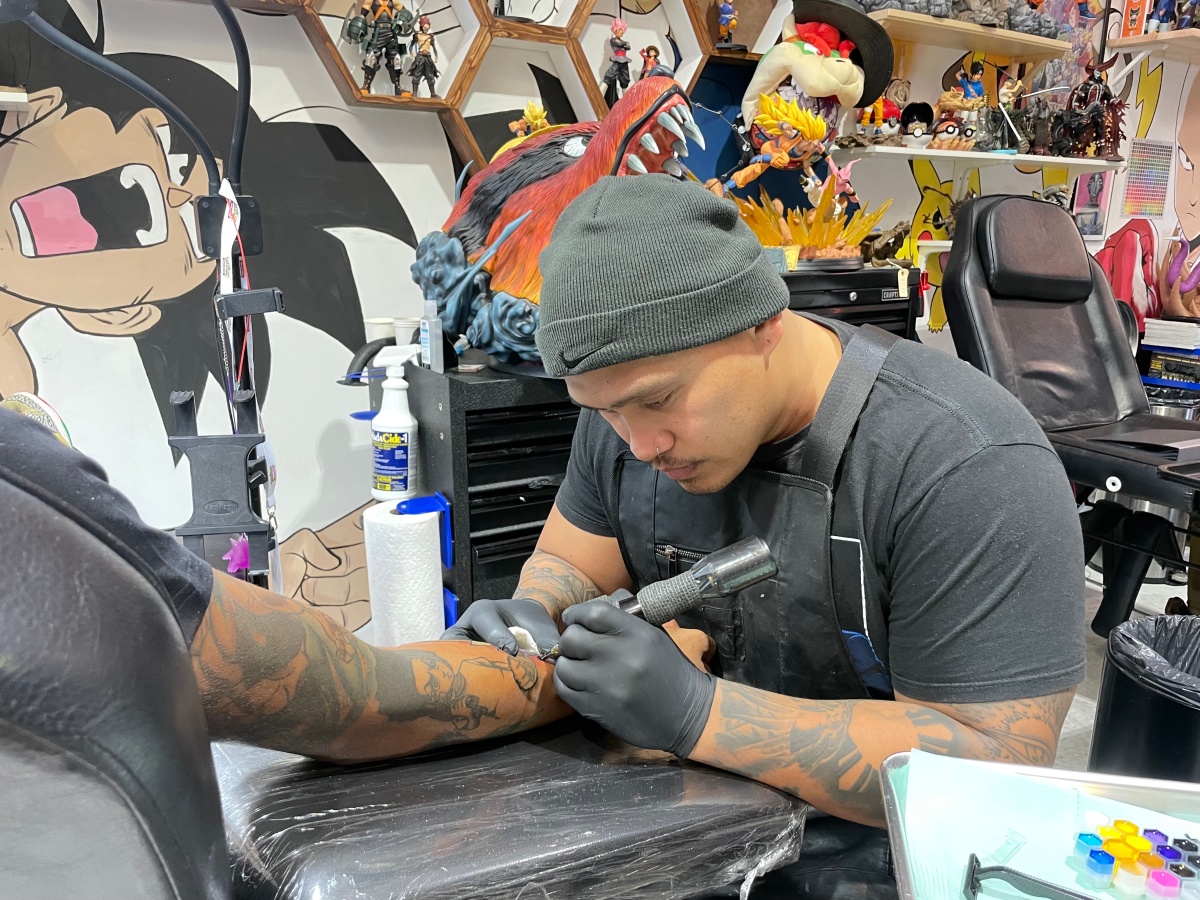You hear a voice call out your name. Before you turn around, you know it’s a woman. How?
Most people assume people sound male or female because of pitch. In my experience, this includes everyone from my linguistics tutors to speech-language pathologists – who are trained to treat hoarseness and swallowing problems, but to whom trans people are routinely referred to anyway. There’s even a whole industry which markets dangerous and expensive vocal surgeries to desperate trans women on the faulty premise that gender is based on pitch.
Despite this, average male and female ranges have plenty of overlap, and cis women with voices lower than most men still sound unmistakably female. For trans people with vocal dysphoria these misconceptions matter. And so, over the past decade, trans people themselves led by pioneering microtonal musician and voice teacher Zheanna Erose have pieced together the components that actually constitute vocal gender to construct a scientific framework that joins up the biomechanical, acoustic, and perceptual aspects of voice.
The pitch of your voice is determined by how fast your vocal folds flap together. If they flap together 150 times a second, it creates a pitch of 150 Hz. Importantly, this also generates higher frequencies, called harmonics, at integer multiples of this base pitch. So a voice with a fundamental frequency of 150 Hz will also contain peaks at 300 Hz, 450 Hz, etc, decreasing in intensity as they get higher.
The biggest component of vocal gender perception is the size of your vocal tract. Luckily, this is something you can learn to control, as required for certain styles of singing. Smaller spaces amplify shorter, higher-frequency wavelengths – compare blowing air over a half-full bottle of water to a mostly empty one. This is called resonance. The space in your throat and the space in your mouth each amplify a band of frequencies, the first and second formants (R1 and R2). While R2 plays an important stylistic role in voice, and determines the pitch when you whistle, the perception of gender is primarily derived from the ratio between the fundamental frequency and R1. This means there are times where you can actually create a more feminine sound by lowering your pitch.
However, changing your resonance isn’t enough to sound natural. The physical amount of vocal fold mass being used to create sound needs to be taken into account. Testosterone-exposed vocal folds are thicker, leading to greater preservation of the intensity of higher-frequency harmonics, and therefore a ‘buzzier’ sound. Learning to stretch the vocal folds to engage less mass allows you to create a ‘lighter’ quality that sounds proportionate to a small resonance. What’s more, the less the mass of your vocal folds, the easier it is to make them vibrate faster, thus raising and expanding your vocal range.
These are the biological components of vocal sex. Culturally, however, there’s also a big difference in the way men and women tend to communicate emphasis and nuance. Women rely more heavily on variation in pitch whereas men rely more on volume. ‘Feminine’ intonation in an otherwise male-sounding voice is responsible for the stereotypical ‘gay guy voice’. Exploring this behavioural side of voice is invaluable for uncovering the full variety of expression available to you, regardless of the extent and contexts in which you choose to use it. Typical levels of feminine intonation feel much more exaggerated at first than you’d expect; I remember trying to record what I thought was the most over-the-top intonation possible and playing it back to hear a perfectly average woman.
We hear these qualities in people’s voices all the time but picking them out is like trying to describe a colour you don’t have words for. The first step is to listen. After that, there are exercises to point you in the right direction, but real progress primarily comes from exploration and playing around, and it’s far from linear. Gradually, you will find that these properties intersect and interact, and new ones emerge with their own intersections and interactions, until the boundaries of sounds blur and collapse into a single infinity.
Remember that using your voice should never be painful; half the point of practice is discovering how to produce sounds in the most comfortable, effortless way possible. Then it can become intuitive. Eventually, you need to let go of the details and the goal, and just let yourself wander around in the endless space of possibilities.
For Cherwell, maintaining editorial independence is vital. We are run entirely by and for students. To ensure independence, we receive no funding from the University and are reliant on obtaining other income, such as advertisements. Due to the current global situation, such sources are being limited significantly and we anticipate a tough time ahead – for us and fellow student journalists across the country.
So, if you can, please consider donating. We really appreciate any support you’re able to provide; it’ll all go towards helping with our running costs. Even if you can’t support us monetarily, please consider sharing articles with friends, families, colleagues – it all helps!
Thank you!








